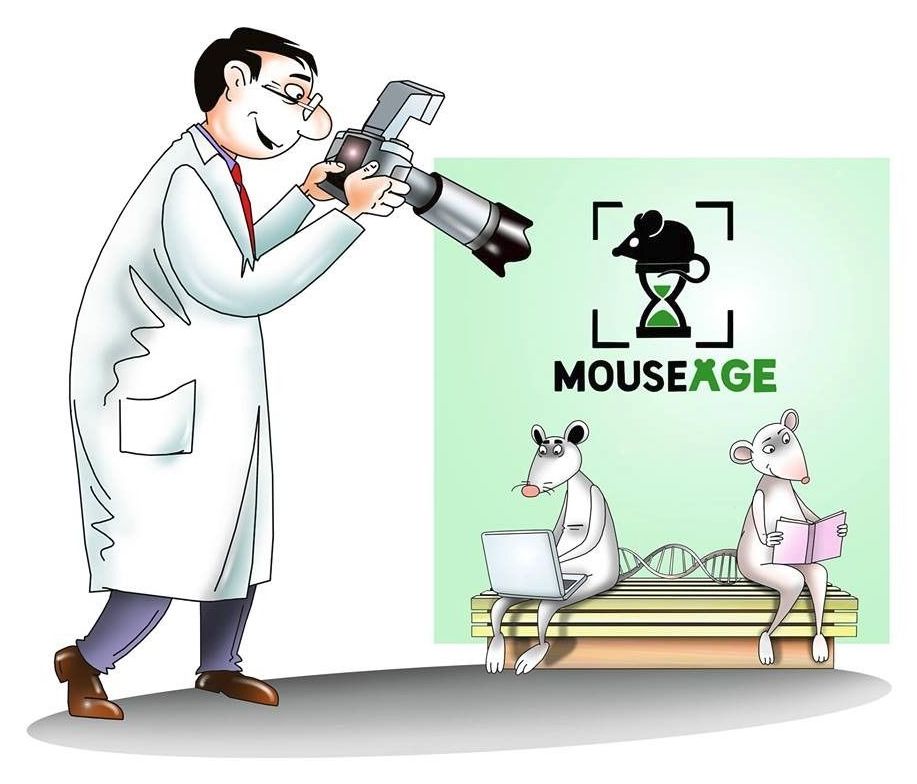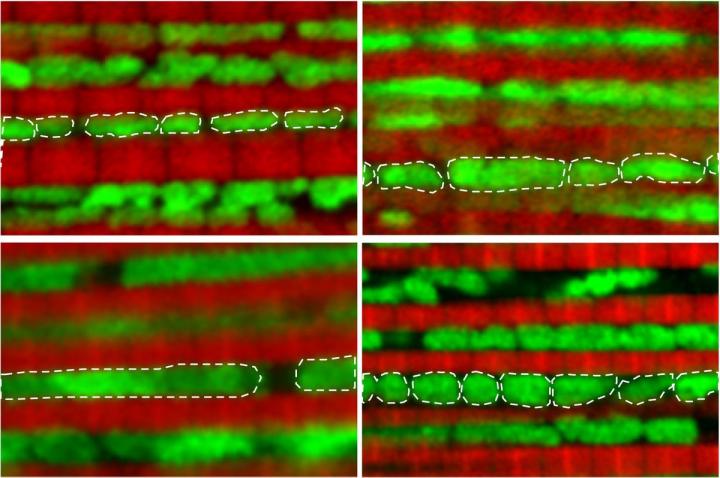Here’s my 20 minute talk at Raadfest 2017 on # transhumanism and the Immortality Bus. https://www.facebook.com/ZoltanGIstvan/videos/1980371782204597/?fref=mentions
Category: life extension – Page 634


Undoing Aging Rejuvenation Biotechnology Conference Announced
We are delighted to hear that the SENS Research Foundation and the Forever Healthy Foundation have joined forces to host an exciting conference about rejuvenation biotechnology on March 15–17, 2018 at the Umspannwerk Alexanderplatz in Berlin, Germany.
The particularly good news is that this conference will be open to the wider community interested in this field and not just academia. We believe this is a fantastic move, as it allows more people to engage with the science and to learn firsthand from the researchers working on the front line. We very much support the idea that we are all in this together and thus are very pleased to see that the event is open to the entire community.
The event will be a fantastic opportunity to network as well as learn about the latest exciting innovations and progress in the field. The strength of our community relies on our ability to network effectively and engage with the wider public audience as well as attract the support of investors and philanthropists.

MouseAge: What are Biomarkers of Aging?
Today we have another video update from the Mouseage team who are working to create the first artificial intelligence-based photographic biomarker of aging in mice. The project aims to provide researchers with a cheap and effective biomarker system that can be used to quickly determine if interventions against the age-related diseases are effective as well as helping to save the lives of lab animals worldwide.
In this episode, Poly Mamoshina is at Oxford University is talking about aging biomarkers and why they are so important for research. Poly is a research scientist at Insilico Medicine in the Pharma AI division which specializes in artificial intelligence-based drug discovery. She is also a part of Computational biology team in Computer Science Department at the University of Oxford, you can learn more about her work here.
What are biomarkers and why are they so important in aging research? Poly explains in this informative video.

New class of drugs targets aging to help keep you healthy
The researchers, from the Mayo Clinic in Rochester, Minnesota, are calling for senolytic drugs to make the leap from animal research to human clinical trials. They outlined potential clinical trial scenarios in a paper published in the Journal of the American Geriatrics Society on Monday.
“This is one of the most exciting fields in all of medicine or science at the moment,” said Dr. James Kirkland, director of the Kogod Center on Aging at the Mayo Clinic and lead author of the new paper.

New Senolytic Drugs Reverse Aging — “Can Transform Medicine” Says Leading Researcher
Senolytic compounds hold promise to reverse aging in humans. Researcher James Kirkland publishes a list of senolytics in a review published yesterday. Two of the senolytics are currently in clinical trials. [Cover photo: Can Senolytic Drugs Reverse Aging? Credit: Getty Images.]
Imagine if you were able to reverse aging and bring your body back to its original health and vigor.
Researchers have already discovered a group of drugs called senolytics which perform this miraculous transformation in mice and are testing them in humans as we speak.

UCLA Team Genetically Manipulates Mitochondria to Extend Fruit Flies’ Lifespan
UCLA scientists working with middle-aged fruit flies say they were able to improve the insects’ health while markedly slowing down their aging process. The team thinks its technique could eventually help delay the onset of Parkinson’s disease, Alzheimer’s disease, cancer, stroke, cardiovascular disease, and other age-related diseases in humans.
The researchers zeroed in on mitochondria, which often become damaged with age. When cells can’t eliminate the damaged mitochondria, they can become toxic and contribute to a wide range of age-related diseases, said David Walker, Ph.D., a UCLA professor of integrative biology and physiology, and the study’s senior author.
Dr. Walker and his colleagues found that as fruit flies reach middle age—about one month into their two-month lifespan—their mitochondria change from their original small, round shape.
Paul Spiegel: Beyond Retirement – A New Social Compact for the Age of Longevity
During the recent Longevity and Cryopreservation Summit in Madrid, LEAF board member Paul Spiegel discussed the social ramifications of increased lifespans thanks to emerging technologies. He spoke of the need for society to adapt to deal with longer lives. We invite you to watch the talk he gave and also to read an interview providing deeper insight on the necessary changes in the pension system.
But first, a few words about Paul. Paul graduated cum laude from the University of California, Berkeley in 1979 and from Boalt Hall School of Law in 1983. He has attended Harvard Law School, the University of Paris, Sorbonne, and International Christian University in Tokyo.
Trained in international business law, he worked on Wall Street, on Montgomery Street, and in Tokyo before entering private practice in IP, business, and entertainment law in San Francisco.
Cellular ‘time machine’ could offer Parkinson’s treatment
The secret to a long life? A protein that acts as a cellular ‘time machine’ is found to extend the lifespan of fruit flies by 20%.
Biologists have turned back the clock on ageing in the cells of fruit flies, by increasing levels of a protein called Drp1.
This cellular time machine was found to lengthen the life-span of the insects by between 10 and 20 per cent.
Experts hope to develop drugs to mimic this effect in humans with age-related diseases including Alzheimer’s, extending people’s life expectancy and giving them more healthy years towards the end of their lives.

Oxford scientists collaborate with A.I firm on ageing related diseases
Oxford scientists are collaborating with artificial Intelligence company Insilico Medicine to prevent unnecessary animal sacrifice and derive more data from experiments in age related research.
The MouseAge.org initiative is being managed by UK charity; Biogerontology Research Foundation and will also include researchers from Harvard and Youth Laboratories in the development of tools for cross-species analysis and novel biomarkers of ageing and various diseases in mice.
Insilico Medicine which provides advanced machine learning services to skin care companies, is using the field of ‘omics’ to introduce a broad range of deep-learned biomarkers of ageing and age-related diseases.